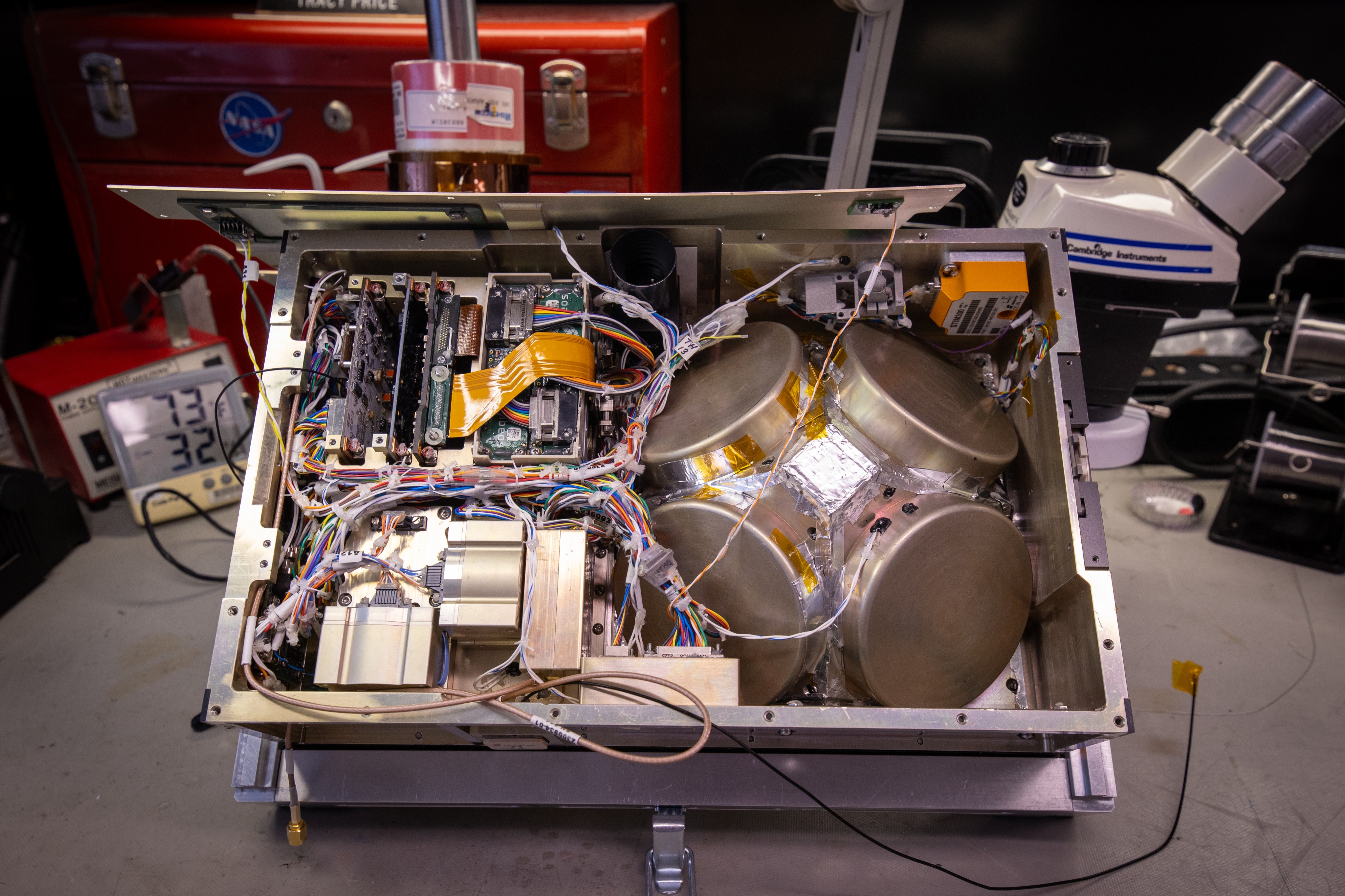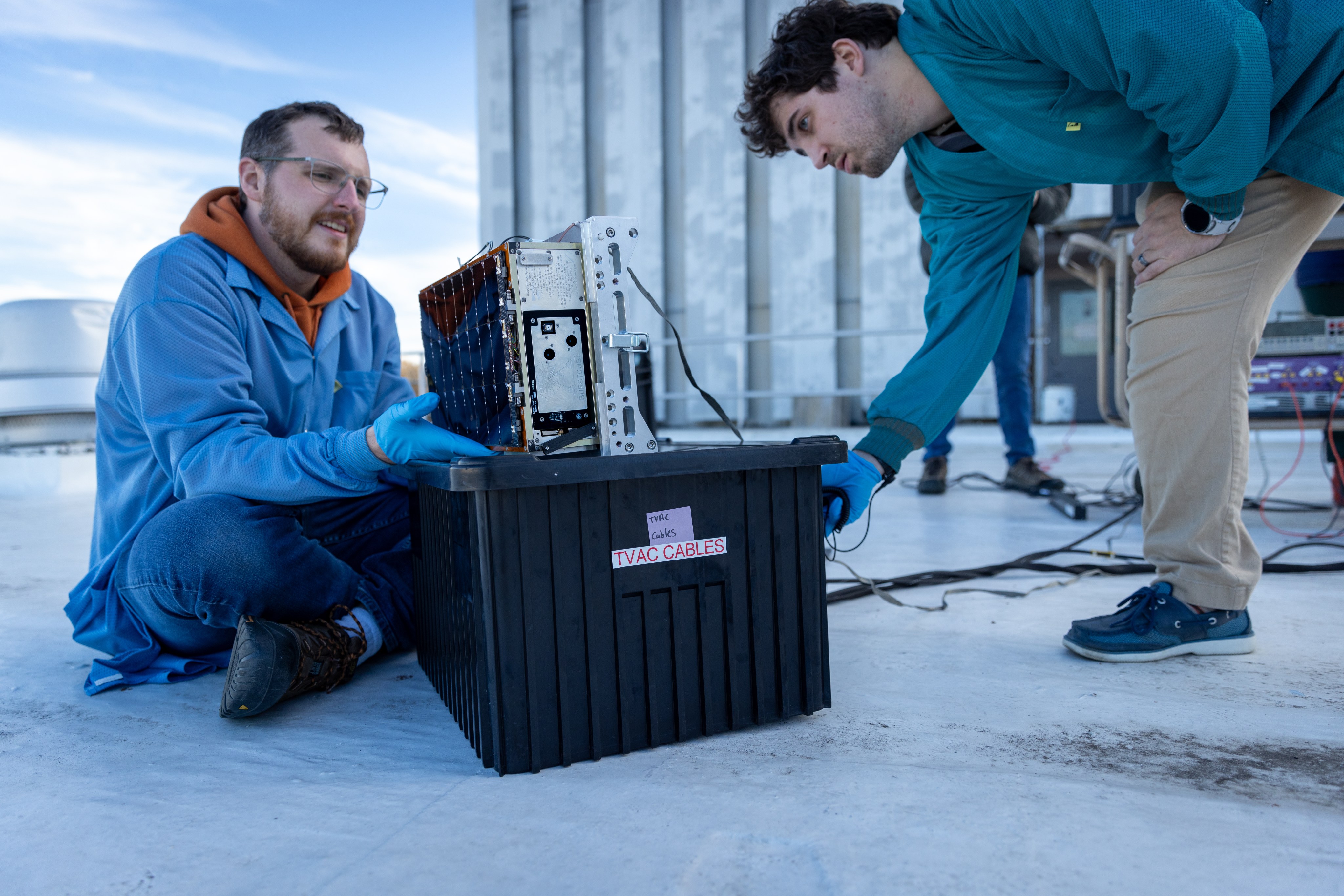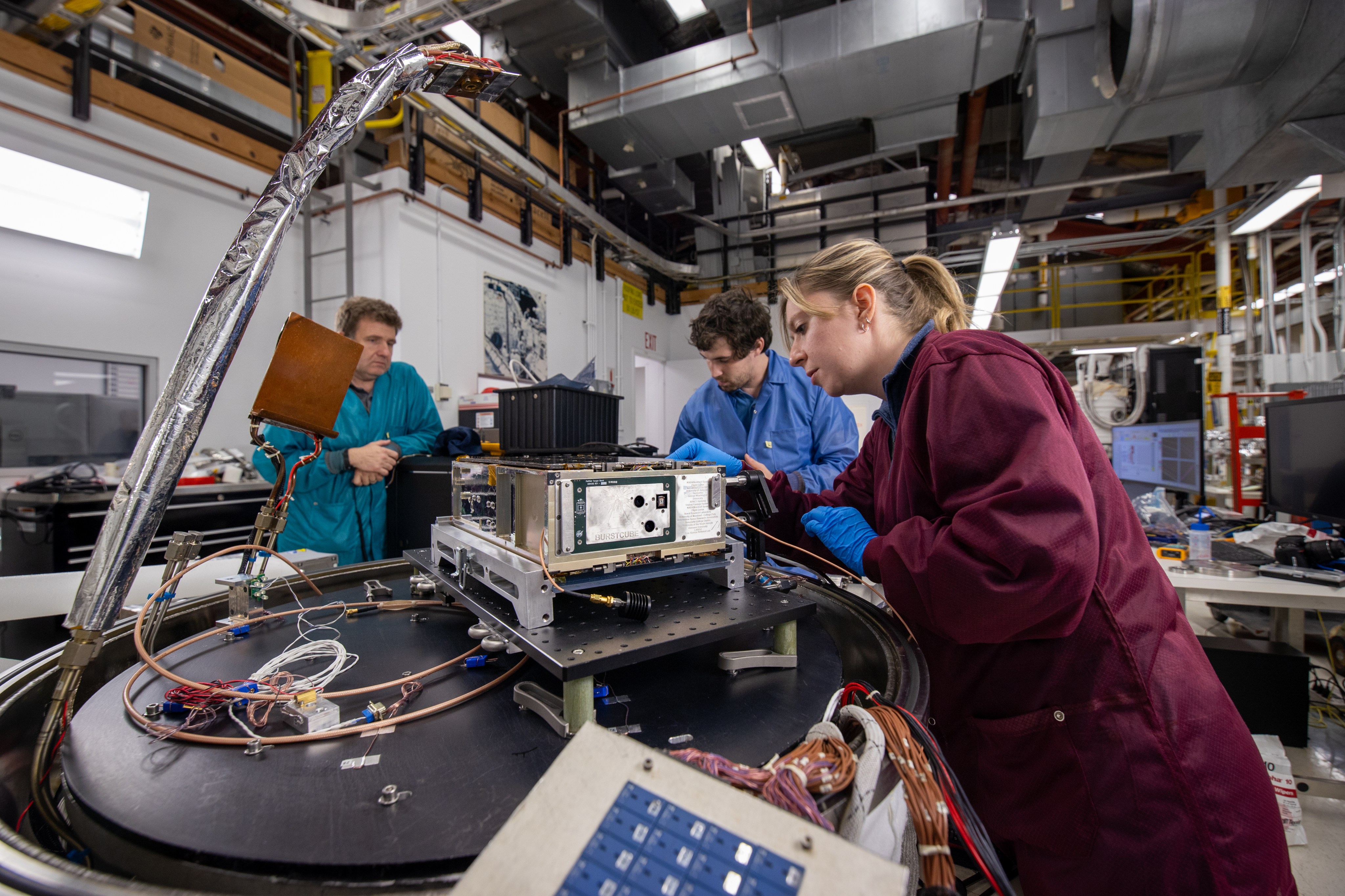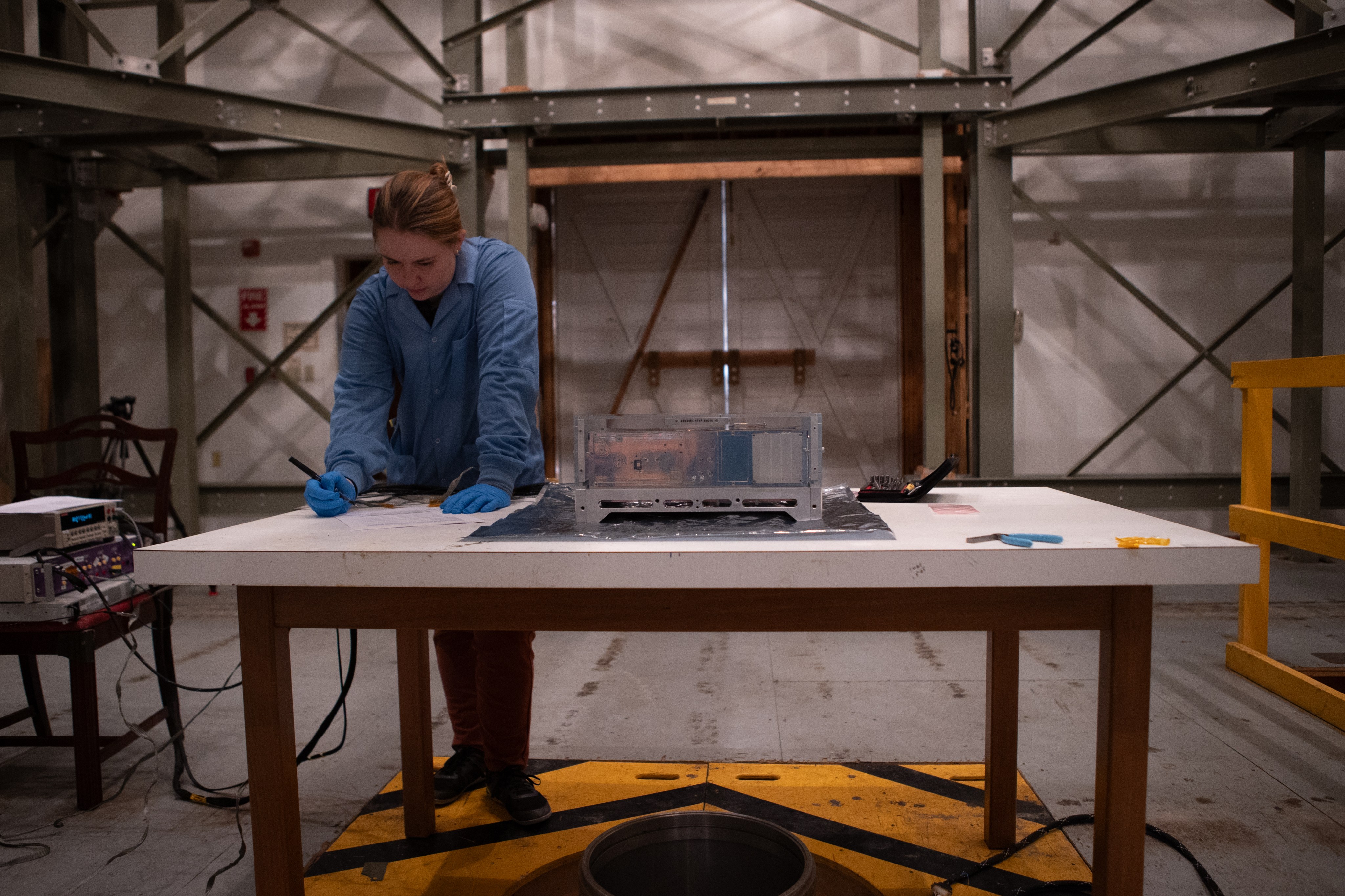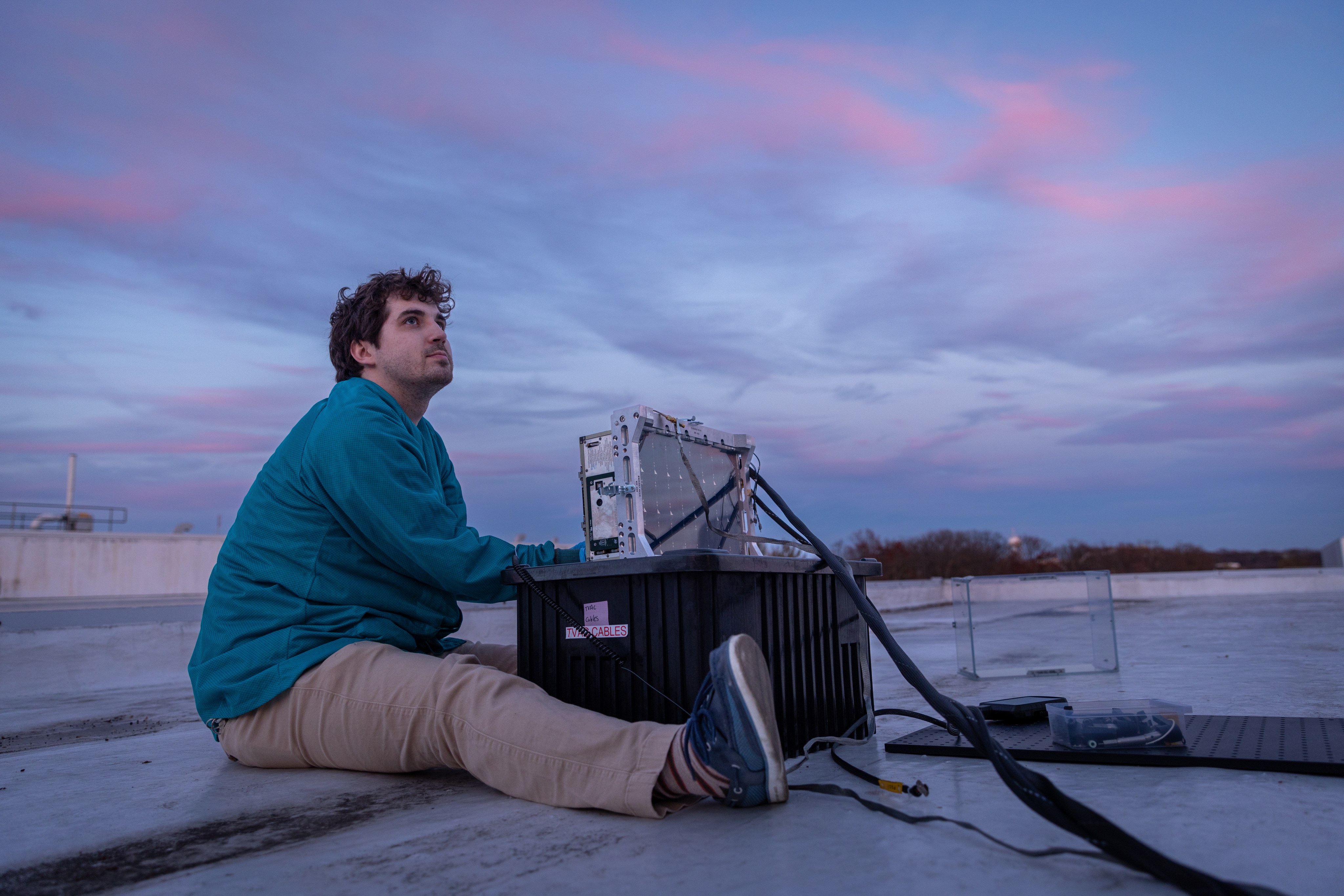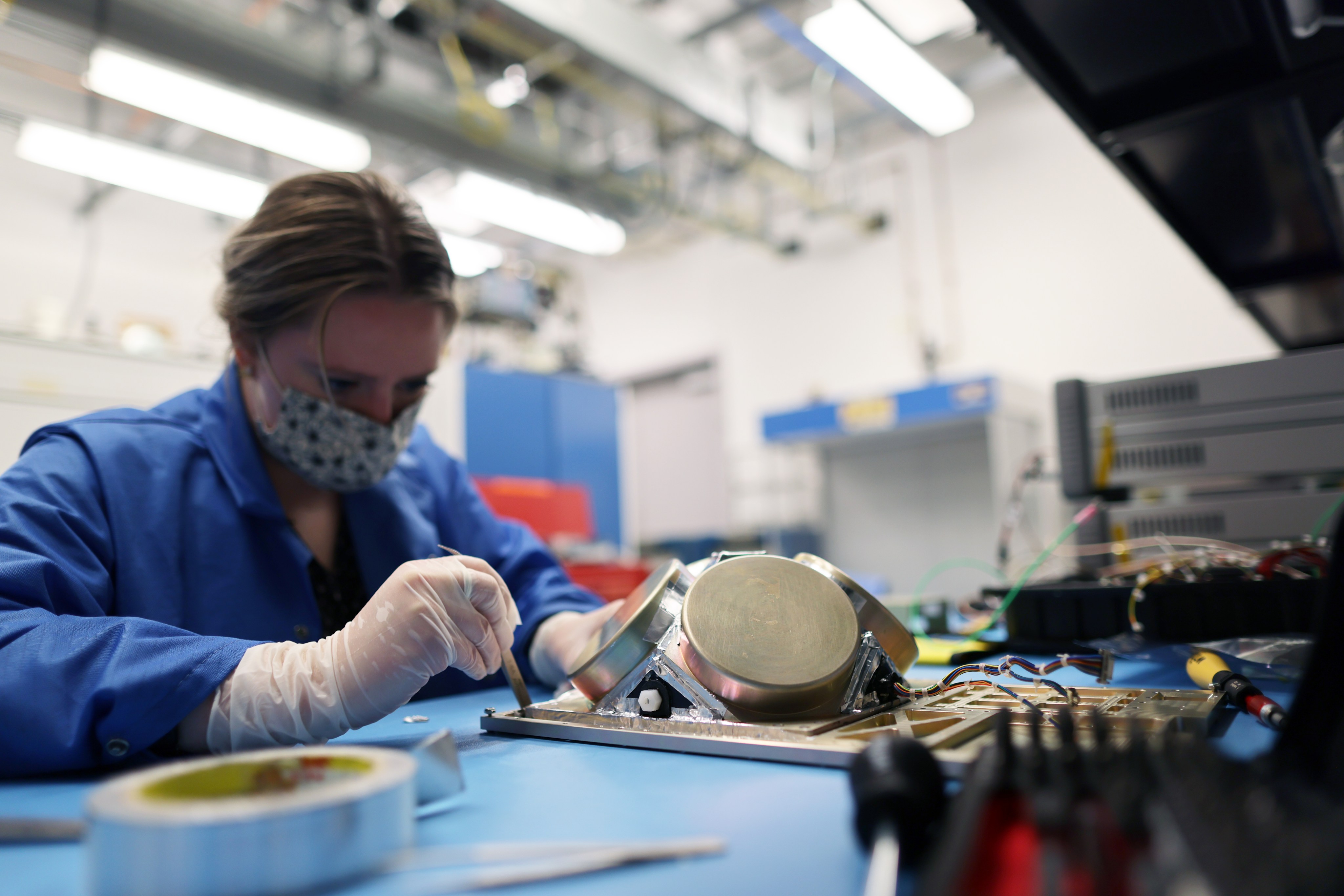BurstCube
Mission Type
Led by
Mission ended
Wavelength
BurstCube is a shoebox-sized satellite designed to study the universe’s most powerful explosions. It launched to the International Space Station aboard SpaceX’s 30th Commercial Resupply Services mission on March 21, 2024, and deployed into orbit on April 18, 2024. BurstCube re-entered Earth’s atmosphere on Sept. 16, 2024, marking the end of the mission.
Meet BurstCube
BurstCube belongs to a class of spacecraft called CubeSats. These nanosatellites come in standard sizes ranging from 1U to 12U – BurstCube is 6U – where U is a cube measuring 10 centimeters (3.9 inches) across. CubeSats are designed to provide cost-effective access to space to test new technologies and help educate the next generation of engineers and scientists in mission development, construction, and testing.

The mission will study gamma-ray bursts, the most powerful explosions in the cosmos. Specifically, BurstCube will hunt for short bursts, which last less than two seconds. Short bursts most commonly occur following the collisions of neutron stars, the superdense remnants of massive stars that exploded in supernovae. Astrophysicists are interested in these phenomena because they also produce gravitational waves, or ripples in the fabric of space-time. By studying both light and gravitational waves – an approach called multimessenger astronomy – they can learn more about different aspects of the event.
BurstCube’s instrument detects gamma rays with energies ranging from 50,000 to 1 million electron volts. (For comparison, visible light ranges between 2 to 3 electron volts.) When a gamma ray enters one of the instrument’s four detectors, it encounters a cesium iodide layer called a scintillator, which converts it into visible light. The light then enters another layer, an array of 116 silicon photomultipliers, that converts it into a pulse of electrons, which is what BurstCube measures. For each gamma ray detected, the team will see one pulse in the instrument readout that provides the precise arrival time and energy. The four detectors are angled to give BurstCube a wide view of the sky. Together, they can inform scientists of the general direction of the event.
BurstCube is led by Principal Investigator Jeremy Perkins at NASAs’ Goddard Space Flight Center in Greenbelt, Maryland. It’s funded by the NASA Science Mission Directorate Astrophysics Division. The BurstCube collaboration includes: the University of Alabama in Huntsville; the University of Maryland, College Park; the University of the Virgin Islands; the Universities Space Research Association in Washington; the Naval Research Laboratory in Washington; and NASA’s Marshall Space Flight Center in Huntsville.
NASA’s Mini BurstCube Mission Detects Mega Blast
Editor’s note: BurstCube re-entered Earth’s atmosphere on Sept. 16, 2024, marking the end of the mission. The shoebox-sized BurstCube satellite…
Read the Story
BurstCube News
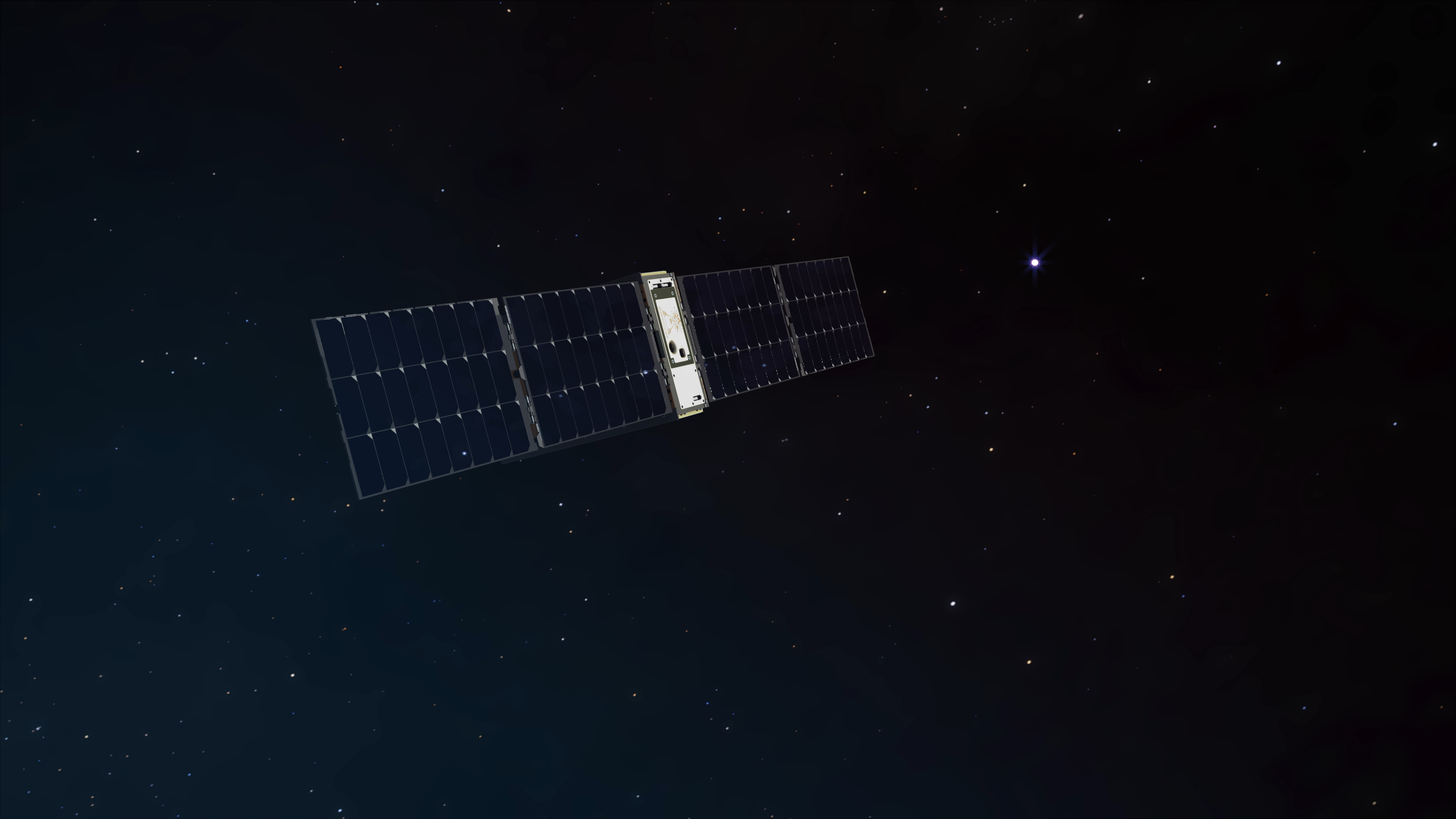
NASA’s Tiny BurstCube Mission Launches to Study Cosmic Blasts
NASA’s BurstCube, a shoebox-sized satellite designed to study the universe’s most powerful explosions, is on its way to the International Space Station.

La misión BurstCube de la NASA estudiará las explosiones cósmicas
El pequeño satélite BurstCube de la NASA, del tamaño de una caja de zapatos y diseñado para estudiar las explosiones más poderosas del universo, está en camino a la Estación Espacial Internacional.
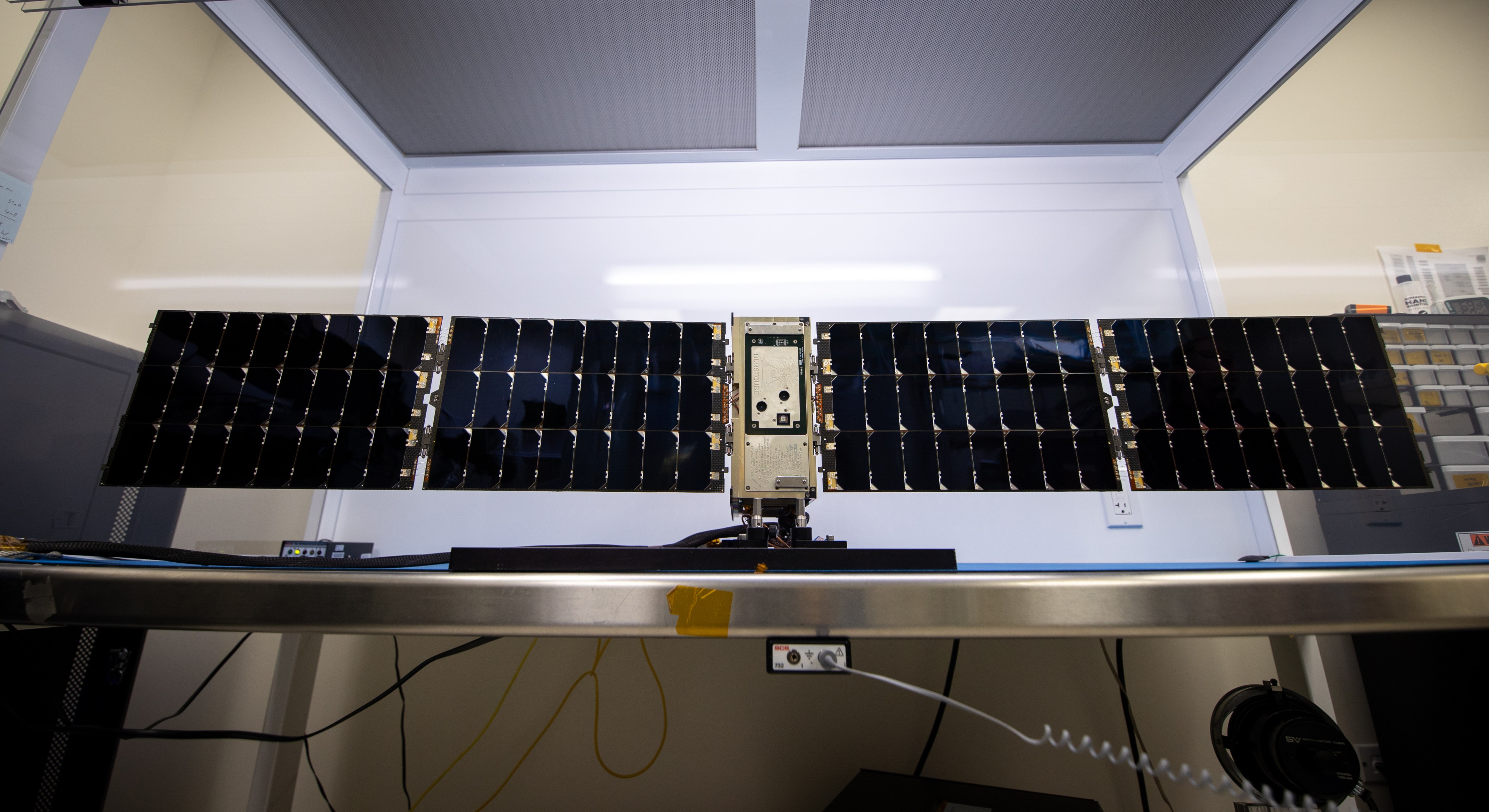
NASA’s BurstCube Passes Milestones on Journey to Launch
Scientists and engineers at have completed testing for BurstCube, a shoebox-sized spacecraft designed to study the universe’s most powerful explosions.
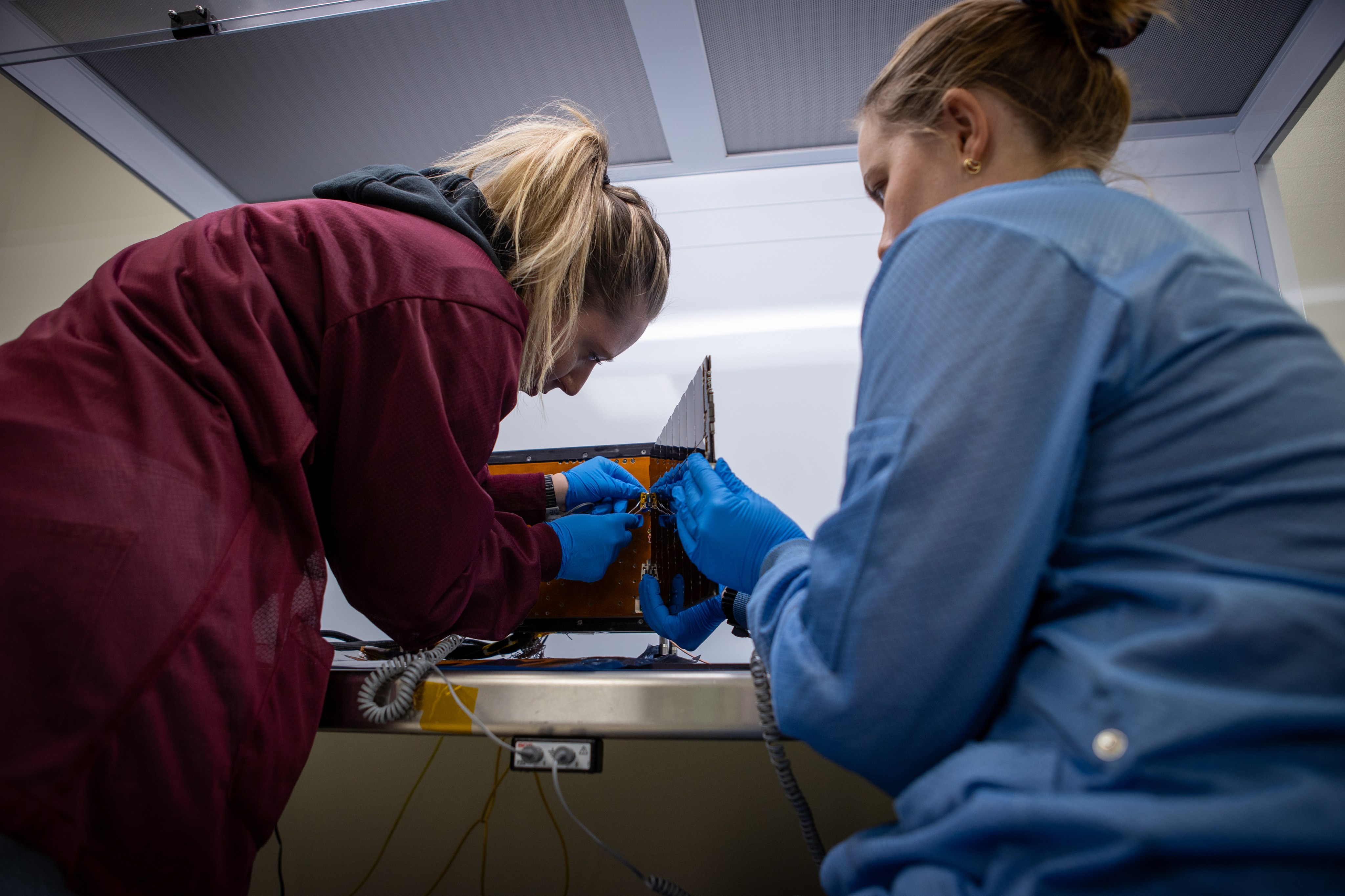
Blog: NASA Set to Launch Four CubeSats to Space Station
NASA’s CubeSat Launch Initiative is sending a group of small satellites to the International Space Station aboard SpaceX's 30th Commercial Resupply Services mission.
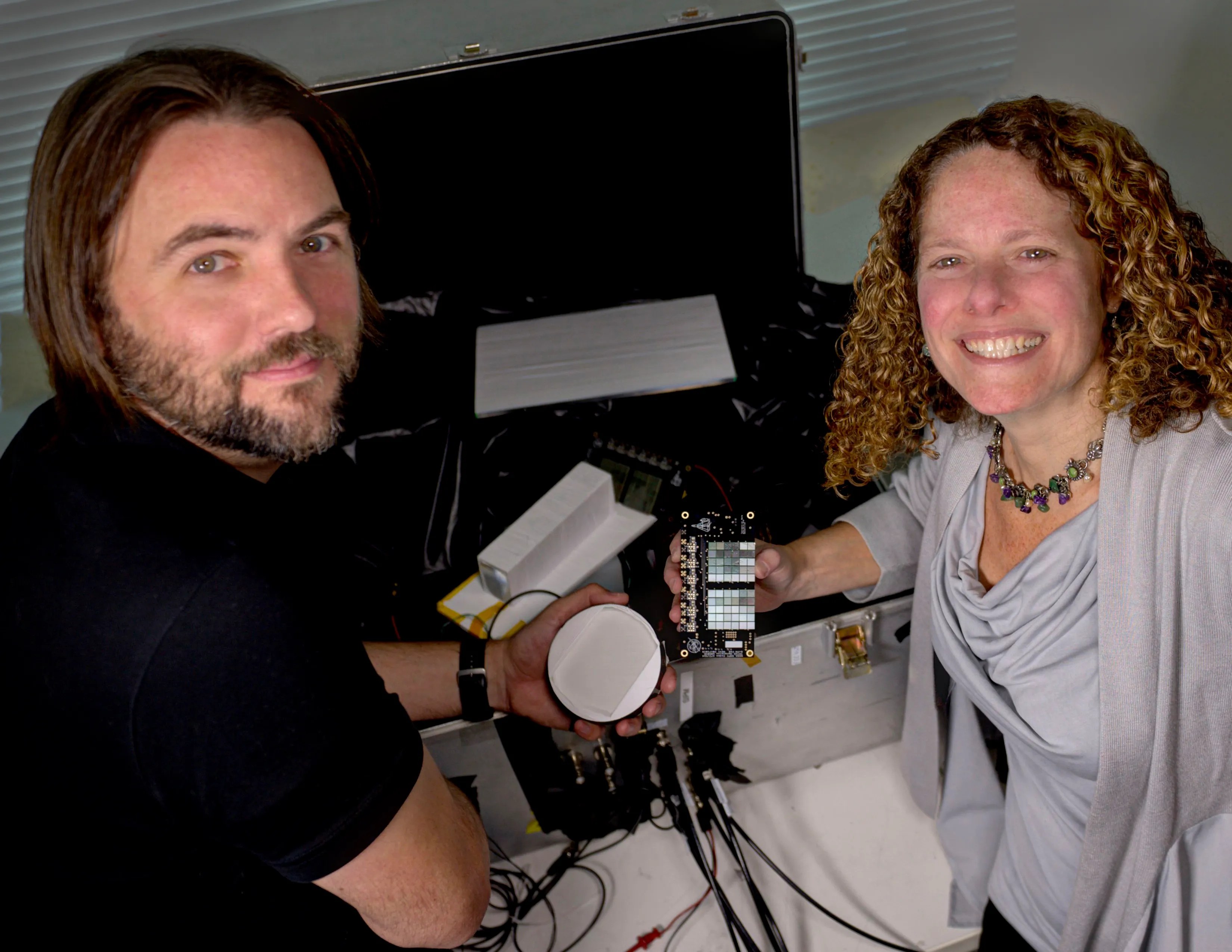
NASA Technology to Help Locate Electromagnetic Counterparts of Gravitational Waves
A compact detector technology applicable to all types of cross-disciplinary scientific investigations has found a home on a new CubeSat mission.

